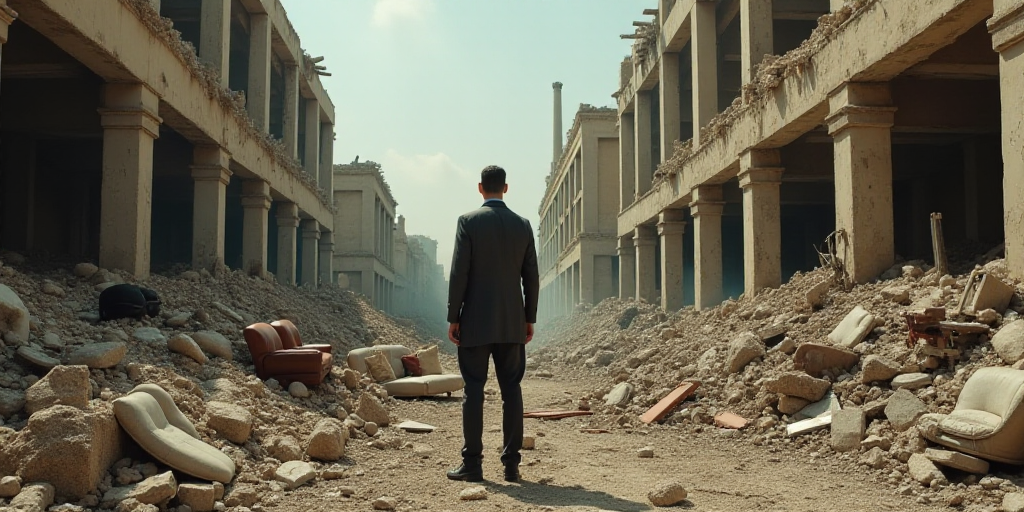Background on the Conflict
The recent ceasefire between Israel and Iran, announced by U.S. President Donald Trump, raised hopes among Palestinians for an end to over 20 months of conflict in Gaza. This war has devastated much of the territory, displaced most of its residents, and caused widespread malnutrition.
Reactions from Gaza Residents
Adel Farouk, a 62-year-old resident of Gaza, expressed his frustration: “Enough! The whole world has let us down. Hezbollah reached an agreement without Gaza, and now Iran has done the same.”
He told Reuters through a chat application, “We hope Gaza will be next.”
Continued Violence Despite Ceasefire
Despite the ceasefire, violence persisted. According to medical sources and residents, Israeli soldiers killed at least 40 Palestinians and ordered new evacuations on Tuesday.
Marwan Abú Naser, from the Al-Awda Hospital in Nuseirat, central Gaza, reported 19 deaths and 146 injuries among people trying to reach a nearby distribution center supported by the Gaza Humanitarian Foundation (GHF).
Abú Naser stated that the fatalities were caused by gunfire.
The Israeli military claimed they identified a gathering near their operations in the central Gaza corridor of Netzarim during the night and were reviewing reports of casualties.
In response to a Reuters request, the GHF stated via email that they hadn’t heard of any violent incidents near their aid center, located several kilometers south of the Netzarim corridor.
The United Nations has rejected the GHF’s distribution system, deeming it inadequate, dangerous, and a violation of humanitarian impartiality norms. Israel argues it’s necessary to prevent Hamas militants from diverting aid deliveries. Hamas denies this.
Philippe Lazzarini, UNRWA’s Director for the Palestinian refugees in the Middle East, described the new mechanism as an “abomination” and a “deadly trap” during a press conference in Berlin.
Additionally, 10 people died in an Israeli airstrike on a house in the Sabra neighborhood of Gaza City, raising the death toll for Tuesday to at least 29, according to medical sources. Israel claims militants use residential areas as operational cover; Hamas denies this.
Next Ceasefire in Gaza
Palestinians expressed their hope that the ceasefire between Israel and Iran, announced by Trump, would apply to Gaza.
Adding to their frustration, the Israeli military dropped leaflets in several northern Gaza areas, ordering residents to leave their homes and head south, seemingly announcing new Israeli military attacks against Hamas.
“Returning to combat zones is a risk to their lives,” the military statement said.
Sources close to Hamas told Reuters that there had been some efforts to resume ceasefire talks with Israel. They claimed Hamas was open to discussing any offer “ending the war and ensuring Israel’s withdrawal from Gaza.” However, these conditions echoed Hamas’ previous demands, which Israel has consistently rejected.
Hamas stated it would release remaining captives if an agreement ending the war was reached, while Israel insists it can only end when Hamas disarms and deconstructs. Hamas refuses to lay down its arms. The Gaza conflict began when militants, led by Hamas, attacked Israel on October 7, 2023, killing around 1,200 people and taking 251 captives, according to Israeli counts.
Israel’s subsequent aerial and ground war in Gaza has killed approximately 56,000 Palestinians, as reported by the Hamas-controlled Gaza Health Ministry, while displacing nearly all of the over 2 million population and exacerbating a hunger crisis.
Key Questions and Answers
- What is the recent development between Israel and Iran? Despite a ceasefire announced by U.S. President Donald Trump, violence continued in Gaza, with Israeli forces killing at least 40 Palestinians and ordering new evacuations.
- How did Gaza residents react to the ceasefire? Adel Farouk, a Gaza resident, expressed frustration, hoping Gaza would be next in line for the ceasefire agreement.
- What is the United Nations’ stance on the Gaza Humanitarian Foundation’s distribution system? The UN has rejected the GHF’s system, deeming it inadequate, dangerous, and a violation of humanitarian impartiality norms.
- What are Hamas’ conditions for ending the conflict? Hamas is willing to release remaining captives if an agreement ending the war is reached, ensuring Israel’s withdrawal from Gaza. However, Israel insists it can only end when Hamas disarms and deconstructs, which Hamas refuses.
- What has been the impact of the conflict on the Gaza population? The war has devastated much of Gaza, displaced most residents, and caused widespread malnutrition. Approximately 56,000 Palestinians have been killed, and nearly the entire population of over 2 million people has been displaced.






